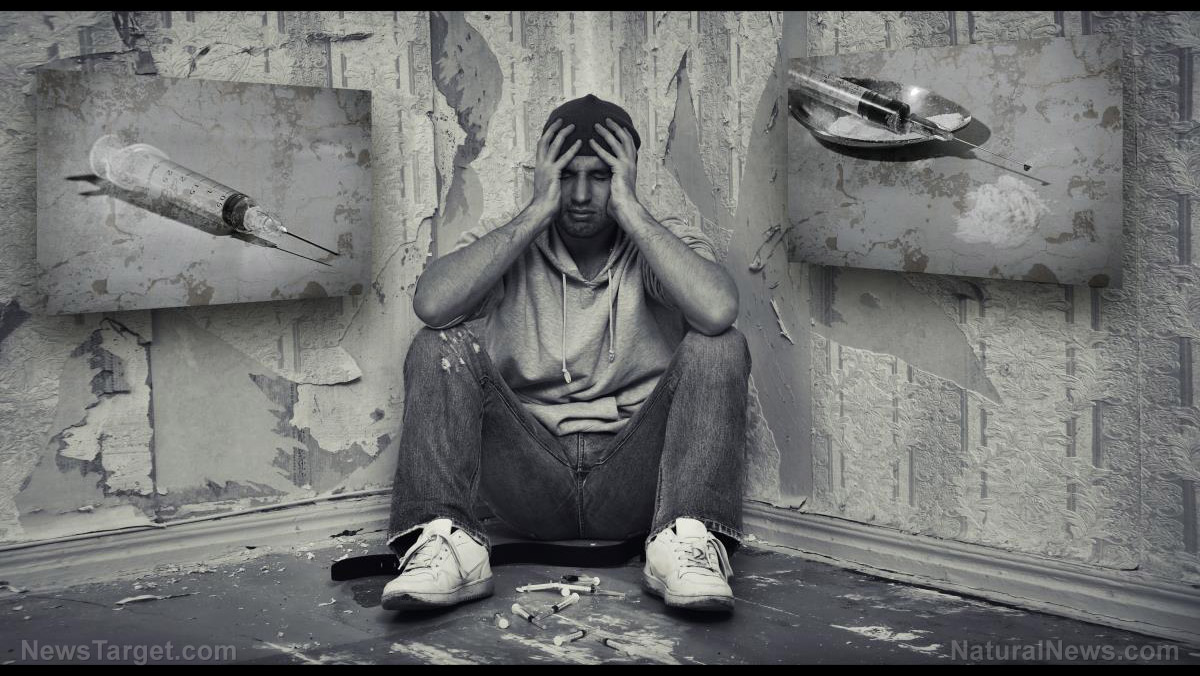
Just like fighting fire with fire, Los Angeles County plans to curb addiction and deaths caused by the opioid fentanyl by handing out glass pipes for crack cocaine and other narcotics that can be smoked.
The LA Times reported that an outreach group from the county government's Homeless Outreach Program Integrated Care System (HOPICS) distributed clean needles, sanitary wipes, fentanyl test strips and the anti-overdose medication naloxone. Also included in this care package is a glass pipe.
The HOPICS team explained that the supplies form part of LA County's "harm reduction" program that seeks to protect drug users from diseases such as HIV and hepatitis C. Both diseases can be contracted through needles used to inject drugs directly. They also explained that the glass pipes help them switch from injecting drugs to smoking them, which is a "relatively safer" practice.
Sandra Mims, part of the HOPICS team that distributed the care packages to several homeless individuals, said the free glass pipes are "crowd pleasers." She explained that the free pipes help wean drug addicts off injecting drugs toward smoking them. According to Mims, glass pipes that cost $10 are often out of reach for most of the homeless individuals.
"We want to get them smoking," said Mims, who is with the LA Community Health Project. "Basically, fentanyl is in everything. Drug dealers put it to make it more addicting, and it's so powerful it keeps them coming back." (Related: Alex Jones: FENTANYL crisis victimizes both young and old.)
In response to critics, LA County officials noted that only a fraction of county funds – not a single penny from the state or federal government – were used to purchase the glass pipes. While the county increased its harm reduction budget from $5.4 million to $31.5 million, most of this amount went to staffing and programs.
Free crack pipes tantamount to "assisted suicide"
The LA Times reported that aside from weaning addicts off of fentanyl, the crack pipes are also aimed at building trust with users wanting drug treatment, but are too ashamed or marginalized to seek medical help at the current time.
"It's like a business card saying, 'When you want hope, come to me," said Chris Mack, a longtime outreach worker with John Wesley Community Health Center.
The controversial "harm reduction" program by the county did not quite sit well with critics, with some even comparing it to assisted suicide.
"I wouldn't get pipes to give them out myself," said Manuel Campito, a recovering addict who runs a cleanup organization in LA's Skid Row. He compared the action to the assisted suicide operation ran by the late convicted physician Dr. Jack Kevorkian.
An issue brief from the California Department of Public Health stated that "injection drug use is associated with disease transmission, injury, and substantial morbidity, mortality and high costs to the health care system in California."
"Many drugs that are commonly injected – including heroin, fentanyl and methamphetamine – may also be smoked or snorted, which is a significantly less risky mode of administration for people who are unwilling or unable to stop using drugs."
Meanwhile, the National Institute on Drug Abuse noted that fentanyl and other synthetic opioids – which are present in street drugs such as marijuana, heroin and methamphetamine – are now the most common drugs involved in drug overdose deaths in the United States. A synthetic opioid similar to morphine, fentanyl is 50 to 100 times more potent than the latter.
Head over to Addiction.news for more similar stories.
Watch this video that discusses why the Chinese Communist Party is the root of the U.S. fentanyl epidemic.
This video is from the Chinese taking down EVIL CCP channel on Brighteon.com.
More related stories:
Police union executive involved in FENTANYL deals slapped with federal charges.
DEA: Fentanyl-laced fake prescription pills now contain potentially LETHAL dose of synthetic opioid.
Under Toronto's proposed decriminalization plan, fentanyl and crack would be made "legal" for kids.
Sources include:
CDPH.CA.gov [PDF]
Please contact us for more information.




















